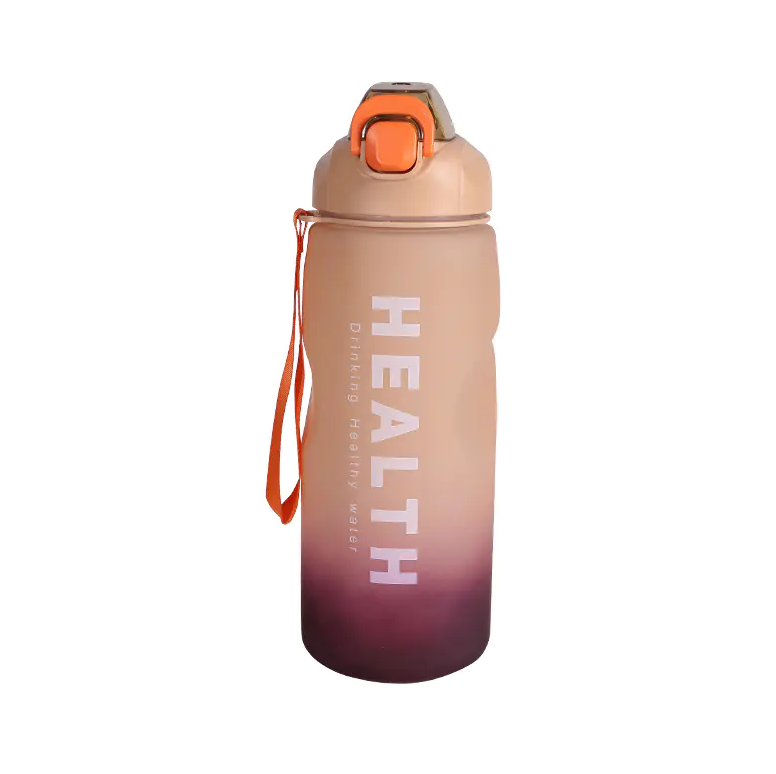The sealing performance of a Plastic Sports Water Bottle is a vital aspect that determines not only its usability but also its reliability during sports and daily activities. A good seal prevents leakage, maintains hygiene, and preserves the freshness of the liquid inside. The effectiveness of the sealing system in plastic water bottles depends on several factors, including the materials used, the design of the closure mechanism, and manufacturing precision.
Most Plastic Sports Water Bottles achieve sealing through a combination of threaded caps and elastomeric gaskets, typically made of silicone or rubber. These gaskets create a compressive seal when the cap is screwed onto the bottle neck, ensuring that no liquid escapes even under pressure or movement. The quality of the gasket material is important; it must maintain flexibility over time and resist degradation from exposure to water, temperature variations, and cleaning chemicals. A worn-out gasket can compromise the seal, leading to leaks.
The cap design itself also influences the sealing performance. Some bottles use simple screw caps, while others integrate additional features such as flip-top lids with sealing rings or push-button spouts with valve systems. Flip-top lids often have secondary seals inside the lid, preventing leaks even if the main cap is not tightly closed. Push-button and valve-equipped bottles offer convenience but require precise engineering to ensure that valves close tightly to maintain a secure seal during use.
Manufacturing quality plays a critical role in sealing effectiveness. Uniform threading on both the bottle and cap ensures a snug fit, and smooth surface finishes help the gasket to seal evenly. Variations in manufacturing tolerances can cause uneven compression of the gasket, resulting in potential leakage points. Therefore, reputable brands implement stringent quality control processes and conduct leak tests under different conditions to guarantee consistent sealing performance.
Environmental factors such as temperature changes can also impact the seal integrity of Plastic Sports Water Bottles. When exposed to hot liquids, some plastic bottles may expand slightly, potentially affecting the tightness of the seal. Conversely, cold liquids can cause contraction. High temperatures can also degrade gasket materials over time, especially if the bottle is left exposed to direct sunlight. Choosing bottles designed to withstand a range of temperatures with durable sealing materials can mitigate these issues.
User behavior is another essential consideration. Properly tightening the cap and ensuring no debris or damage on sealing surfaces are simple yet effective steps to maintain leak-free performance. Regular inspection and timely replacement of gaskets or caps, when possible, extend the functional life of the water bottle’s seal.
Innovative designs have also improved sealing technology in Plastic Sports Water Bottles. Some models use magnetic lids that automatically snap into a sealed position or include indicator features to show when the bottle is fully closed. These advancements make it easier for users to achieve a reliable seal without guesswork.
In conclusion, the sealing performance of Plastic Sports Water Bottles generally meets the demands of active and everyday use when high-quality materials, thoughtful design, and precise manufacturing come together. Proper care and user awareness further enhance the bottle’s ability to prevent leaks and maintain freshness, ensuring a dependable and convenient hydration solution.

